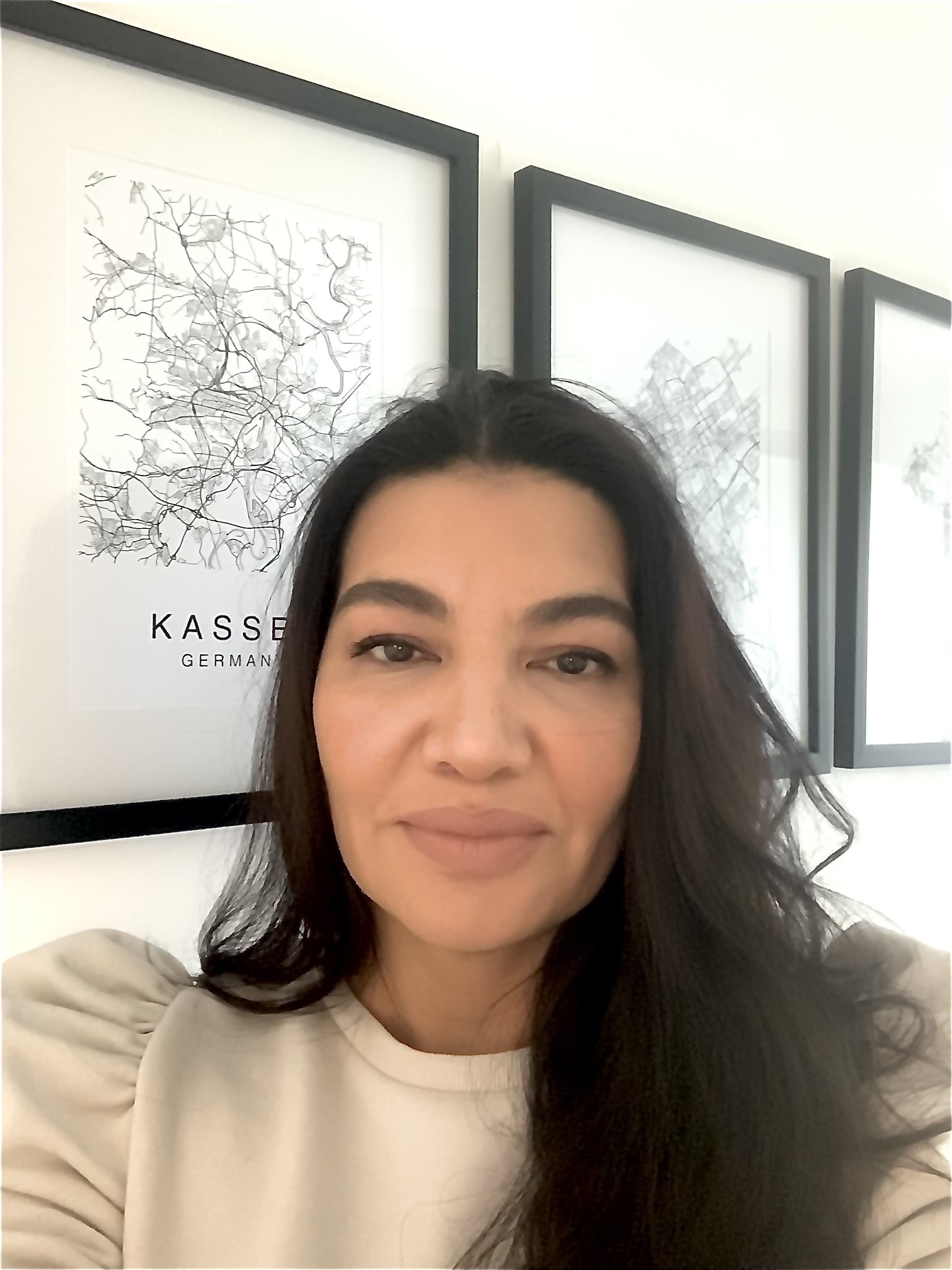Interior Design & planning your Budget
- Kitty Ovens

- Aug 7, 2021
- 3 min read
Updated: Sep 22, 2021

One of the most crucial parts of any interior design project remains the budget. It determines how the design process should be taken forward. To run things smoothly, the budget should be defined in the early stages of design. It allows you to prioritise, make smart choices and invest in things that are truly important. So a well-thought-out budget remains the key to a successful interior design project. Following are a few steps that can help you to determine a realistic budget that can ensure that you get the best value out of your hard-earned money.

A conceptual plan is important in defining the needs and requirements of your interior design project. It enables you to understand what are your expectations out of the project. If you have a renovation job at hand, decide the weak areas of the room that need to be worked upon. Figure things that you would be using from the existing space and ones that will require finishing touches. All these small details can actually make a huge difference on the budget. If somehow the budget is beyond what you had anticipated then you can always prioritise and invest in things that are most important at the moment.
Similarly, if you are starting from scratch, decided upon things that need to be done first. In a realistic world, it is usually difficult to attain a well-decorated and furnished home, all at once. For this, you can create a budget divided over a larger time frame. You may want to tackle one room at a time or get done with one phase of the project as per your budget. Another crucial part of conceptual design remains your style preferences. The design style you opt for can have a huge impact on the budget. So decide upon the look and feel of our space early on. Keep consulting with your interior designer to have a solid and coherent plan at hand.

Once you have a conceptual plan, it is time to put things down physically on paper. To define a realistic budget for the project, you must work out a detailed space plan with your designer. From the pieces you want to buy to the square footage of your room, a space plan can help you to number and list things down. At this point, you should divide your expenses into two categories, purchases and labour charges.
For purchases, you need to note down, every small to big thing that needs to be bought. From the fabric you will need for reupholstering a sofa to pillow inserts, each small thing needs to be listed. It is a technical process and you may require the help of an interior designer. For example, you need to know how many coats a particular colour will require to determine the number of paint buckets you will need for the project. Your designer can also help you to figure the labour charges for all the work that needs to be done. So it is important to work closely with your interior designer to generate a budget that remains close to the actual cost.

By now you should have a detailed list of all the things that you require and the work that needs to be done. The list can now be used to determine a realistic budget. You could do a little research on your own, or utilise the expertise of your interior designer to attain an estimated price for each item. The quality of the item remains a very important feature when determining a price range. If you have kids or pets, you certainly want to invest in a more durable material that may cost a little more. On the contrary, opt for a low-cost solution and look-a-likes to save up on some money. So your style preferences and quality are both important in defining a budget for your purchases.
Another really important thing is the additional charges that come along with your purchases. These including shipping and delivery charges that can really add to the cost of an interior design project. Also, it is always advisable to allocate 10 to 15 per cent of your budget as contingency (mishaps and problems that occur at the very last moment). The extra budget can ensure that everything is in control and runs smoothly, to avoid any last-minute stress.
Your budget defines how large or small an interior design project will be. However, most of us are on a tight budget where working within a fixed amount is very important. Determining your budget early on can help you to work within the boundary. You can make informed decisions and tough choices to stay within the budget. So it is always worthy to invest time and effort in estimating a budget, it can avoid any unexpected hauls or last-minute shocks that can become a major hindrance for the project.




.png)
Comments